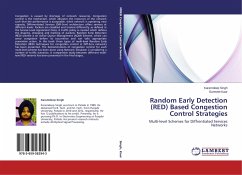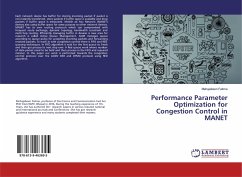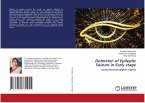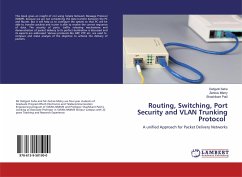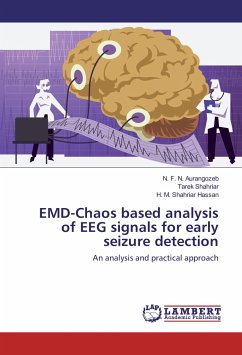Congestion is caused by shortage of network resources. Congestion control is the mechanism, which allocates the resources of the network such that the performance is acceptable, when network is operating near capacity. Differentiated Services (Diff-Serv) architecture offers services at different levels. Packets are classified and treated differently, as defined in the Service Level Agreement (SLA). A traffic policy is created which defines the shaping, dropping and marking of packets. Random Early Detection (RED) scheme is an Active Queue Management (AQM) Scheme, which can sense congestion before its occurrence and can take appropriate preventive action. In this book three types of multi-level Random Early Detection (RED) techniques for congestion control in Diff-Serv networks has been presented. The demonstrations of congestion control for each multi-level scheme has been done using Network Simulator 2 considering a number of traffic scenarios. A comparative study between different multi-level RED variants has been presented in the final stages .
Bitte wählen Sie Ihr Anliegen aus.
Rechnungen
Retourenschein anfordern
Bestellstatus
Storno

